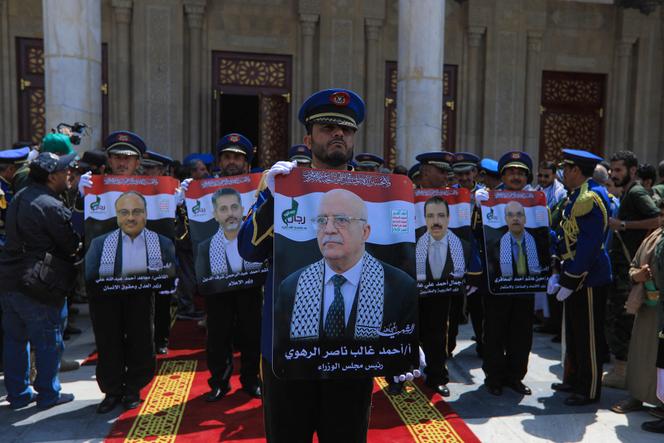


Vowing revenge, thousands of Yemenis gathered in Sanaa on September 1 for the funeral of the head of the Houthi-installed government in northern Yemen. Ahmed Ghaleb al-Rahawi was killed in an Israeli airstrike four days earlier, which wiped out much of the area's governing authorities as they met in the capital: Nine ministers and two other officials were also killed in the blast. Twelve coffins were displayed in a mosque in Sanaa, under Houthi control since 2014. The ceremony was followed by a military parade.
This was the first time Israel had conducted a "targeted elimination" of Houthi leaders. The operation appeared to be a response to drone and missile attacks by Yemeni insurgents against Israeli territory, carried out in solidarity with Palestinians in the Gaza Strip. The raid on Sanaa followed a string of Israeli assassinations of leaders from Hamas, Hezbollah and Iran's Islamic Revolutionary Guard Corps, all within the context of the regional conflict that erupted after the October 7 massacre. The broader fighting involves Israel and members of the so-called "axis of resistance," the pro-Tehran bloc in the Middle East.
You have 82.06% of this article left to read. The rest is for subscribers only.
